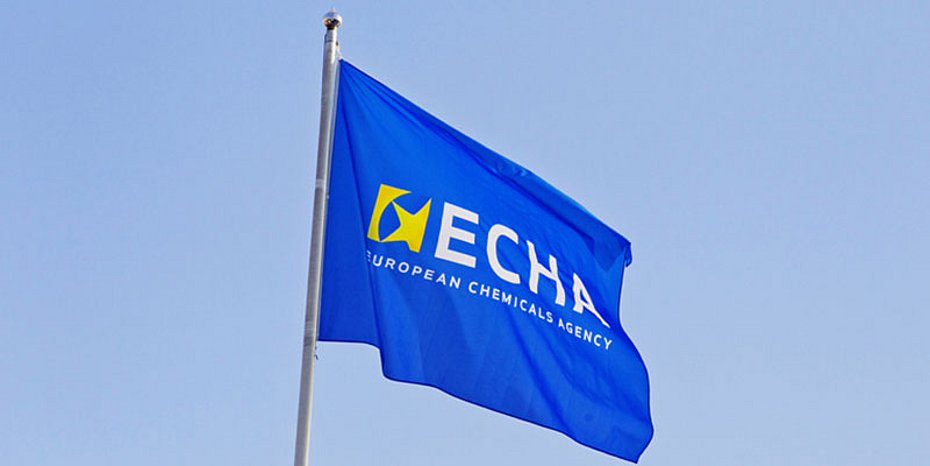On September 27, 2023, the European Commission issued an official mandate to the European Chemicals Agency (ECHA) to prepare a restriction dossier for two chromium(VI) substances (chromium trioxide and chromic acid). The ECHA is now to develop various options on how to restrict these substances. After years of continuous and clear criticism from the German Surface Technology Association (ZVO) and the European umbrella organization CETS, this is finally a reaction to the fundamental errors and the resulting massive problems that the authorization procedure applied to date has brought with it.
Difference between authorization and restriction procedures
In the authorization procedure, the use of the substance is not permitted unless there is a corresponding authorization for the intended use. The burden of proof lies with the company. In the restriction procedure, the use of the substance is permitted unless the specific use has been prohibited or restricted due to an unacceptable risk. In this case, the burden of proof lies with the authorities.
Review: Chromium trioxide and the REACH Regulation
At the beginning of 2013, chromium trioxide was added to Annex XIV of the REACH Regulation. As a result, companies were obliged to obtain appropriate authorizations for the intended use in order to be able to continue using chromium trioxide. Extensive applications had to be submitted for this purpose, describing the intended use and explaining the extent to which a substitution of chromium trioxide is possible or is already being implemented. In close coordination and on the express advice of the ECHA and the COM, consortia were formed to submit these applications on behalf of a large number of companies. On the one hand, this was intended to minimize the workload for the applicants, but on the other hand it was also explicitly intended to limit the workload for ECHA and the COM.
However, the fundamental error of regulating chromium trioxide via the end products and their uses created an extreme burden for both the companies submitting applications and the authorities carrying out the checks. Due to the large number and content of applications for a wide variety of (end) uses, decisions were massively delayed; in some cases, applicants have been waiting six years for a decision. Last but not least, the ECJ ruling on the Chemservice application highlighted the fundamental flaws in the procedure. It was criticized that the data basis was too small and too unrepresentative for a well-founded decision on approval to be made.
Content of the mandate: What is the European Commission planning?
ECHA has been tasked with proposing various options for what a restriction could look like. During this process, various aspects and steps are to be considered. Firstly, ECHA is to carry out an analysis of the existing authorizations as well as the current applications. In particular, the effectiveness of the risk management measures, including the available data on exposure and emissions, should be considered. In addition, risk management measures with reference to other regulations such as occupational health and safety (OSH) and the Industrial Emissions Directive should also be included. Socio-economic aspects such as the availability of alternatives, possible risks, costs, competitiveness, etc. should also be part of the analysis. Until the restriction officially comes into force, chromium trioxide will continue to be included in Annex XIV. The current provisions will therefore continue to apply. The authorization procedure remains in force as before.
Evaluation of the project
In principle, it is to be welcomed that it has been recognized that the authorization procedure has caused massive problems for all parties involved and that a solution has now been proposed. Correctly designed, this can resolve many of the fundamental errors. However, the present mandate for the ECHA shows that these errors have not been fully recognized due to a lack of problem analysis and are therefore being repeated. The ZVO and the European umbrella organization CETS will be in close consultation with ECHA and the European Commission in the coming weeks and months in order to advocate an optimal design of the restriction proposal.
The main risks of the present mandate can be seen as follows:
- A (brief) analysis of the alternatives is to be carried out again. What has been presented by the applicant companies in hundreds of extensive applications, including substitution plans, is now to be carried out again, this time by ECHA alone. The authority will be confronted with a correspondingly heavy workload. This threatens delays in the procedure and insufficiently substantiated conclusions.
- The mandate holds out the prospect that there could be exemptions with differentiated transitional periods for various uses, for example with regard to risk, socio-economic considerations and the availability of alternatives.
- This specification suggests that the restriction should prohibit the use in principle - unless the Commission grants exemptions on request (analogous to the PFAS restriction proposal) This would amount to a "quasi-authorization procedure", but without the known deadlines and control mechanisms.
- This threatens a scenario in which the burden of proof is once again transferred to the companies. However, the restriction procedure explicitly stipulates that this should lie with the authorities.
- There is still too much focus on the end products.
Claims
A solution to the extensive problems is only possible if the underlying errors are addressed and resolved accordingly. This includes, in particular, only regulating where there are actual risks and thus keeping the workload for all parties involved to a manageable level. It is imperative to avoid creating a new obligation for companies to prepare extensive analyses and applications. In addition, open questions must be clarified as quickly as possible in order to ensure maximum planning security for companies. This concerns, among other things, the handling of existing authorizations and pending applications.
Schedule
The European Commission assumes that, ideally, it will take three years before the restriction can officially come into force. This would be September 2026, in which case the obligation for authorization would cease at the same time.
The main steps of the process are shown here in a timeline (PDF document). The coming weeks and months will therefore initially be characterized by substantive work by ECHA, which will be closely monitored by ZVO/CETS. (OM-11/23)
Contact us
Zentralverband Oberflächentechnik e.V.
Giesenheide 15
40724 Hilden (Germany)
Tel. +49 (0)2103 25 56 10 (30)
www.zvo.org
About the ZVO
The Zentralverband Oberflächentechnik e.V. (ZVO) represents the interests of raw material and process chemistry suppliers, plant manufacturers, component manufacturers, service providers, coaters and electroplating companies in the German electroplating and surface technology sector. Its member companies are active in the field of surface finishing with metals or metal compounds from liquid process media.


